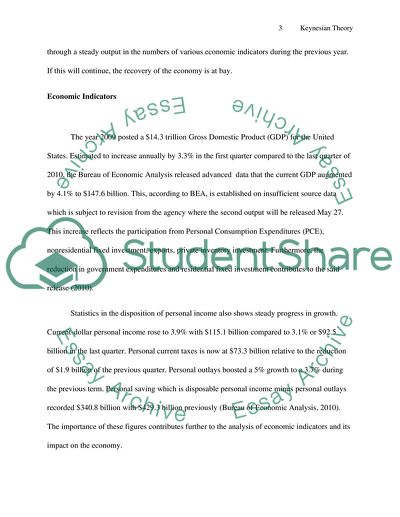Cite this document
(The Incessant Dispersion of Money in the Economy During the Great Research Paper, n.d.)
The Incessant Dispersion of Money in the Economy During the Great Research Paper. Retrieved from https://studentshare.org/finance-accounting/1737583-current-economic-conditions
The Incessant Dispersion of Money in the Economy During the Great Research Paper. Retrieved from https://studentshare.org/finance-accounting/1737583-current-economic-conditions
(The Incessant Dispersion of Money in the Economy During the Great Research Paper)
The Incessant Dispersion of Money in the Economy During the Great Research Paper. https://studentshare.org/finance-accounting/1737583-current-economic-conditions.
The Incessant Dispersion of Money in the Economy During the Great Research Paper. https://studentshare.org/finance-accounting/1737583-current-economic-conditions.
“The Incessant Dispersion of Money in the Economy During the Great Research Paper”, n.d. https://studentshare.org/finance-accounting/1737583-current-economic-conditions.


